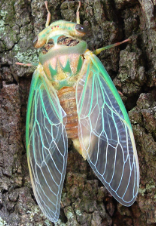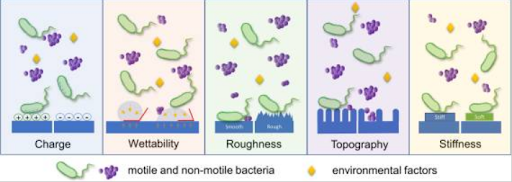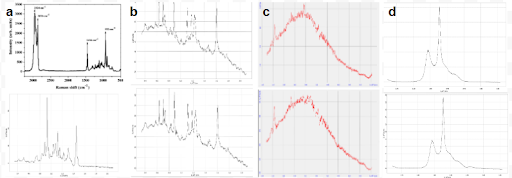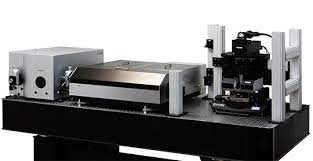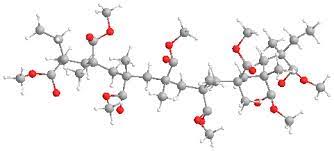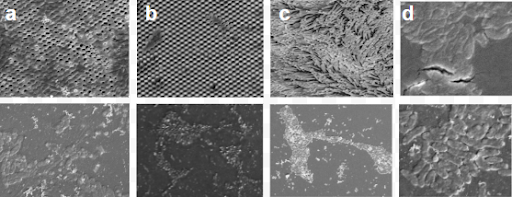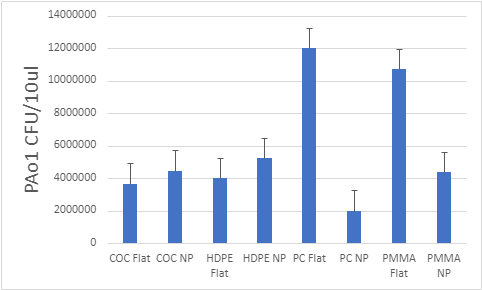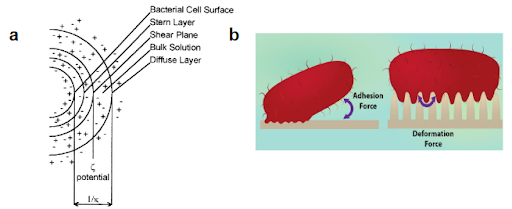How do nanopillars really kill bacteria?
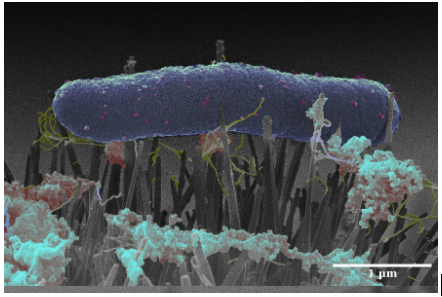
With the rapid increase in hospital infections and antibiotic resistance, we urgently need improved methods to reduce bacteria growth and proliferation on surfaces. Inspired by the nano-protrusions on cicada and dragonfly wings, nanostructures have been bio mimicked onto materials to kill bacteria without harmful chemicals. However, scientists are only beginning to unravel the mysteries of how they work and the mechanisms of how nanopillars kill bacteria is still unclear.
This study presents two goals: 1) To bio mimic and investigate the antibacterial difference of polar versus non-polar nanopillar polymers. 2) Provide an explanation for nanopillar mediated bacterial death to enhance the antibacterial activity of nanomaterials.
Our investigation provides a hybrid approach that will advance solutions for antibiotic resistance and biofilm formation on polymers in medical and industrial settings. In addition, providing a greater understanding of this very unexplored phenomenon, this study will catalyze the design of more effective antibacterial biomaterials.
This diagram represents the proposed biophysical model of bacterial death, that gravitational and mechanical force deform the bacterial membrane, causing bacteria death. However, this force would no longer exist if the entire system (bacterium and nanopillar) was immersed in a liquid medium. Most of these studies overlook the role of surface charge on bacteria adhesion and death, especially on nanostructured surfaces. Since electrostatic charge influences the polarity of the bacterium to function optimally, it is an extremely important physicochemical parameter to investigate.
